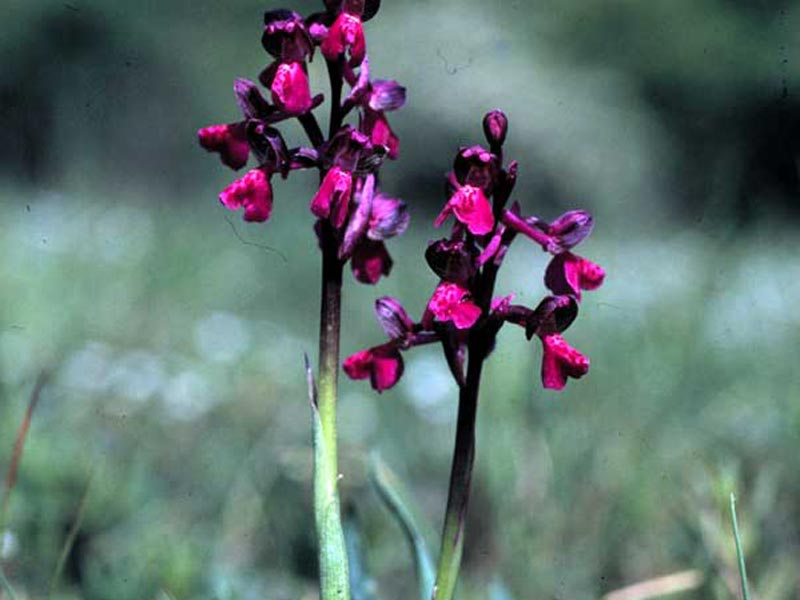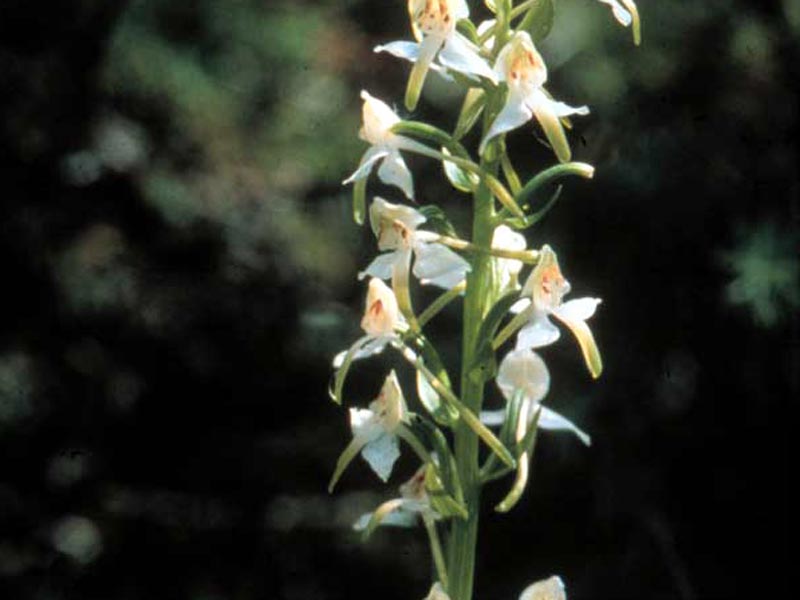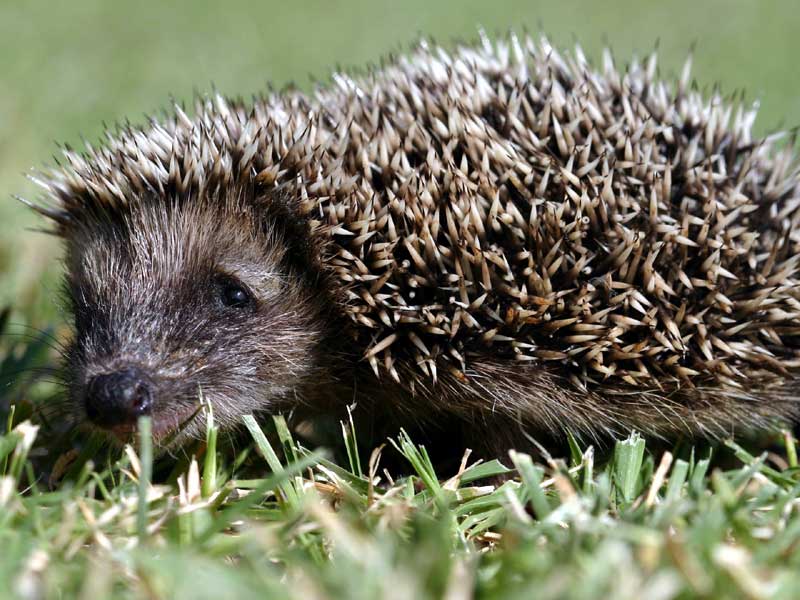Protected Area
Identity Card
- Land Surface Area: 1'818.96 ha
- Regions: Piemonte
- Provinces: Alessandria, Asti
- Municipalities: Alice Bel Colle, Bruno, Cassine, Maranzana, Mombaruzzo, Ricaldone
- Establishment Measures: LR 29 14/11/2001 - LR 19 14/10/03
- PA Official List: EUAP1162
- Park Authority: Assemblea dei sindaci dei comuni interessati
Bosco delle Sorti - La Communa Safeguard Area
The area lies in a hilly environment used for wine growing and develops
between 118 and 311m above sea level, in a transition area between the
alluvial plain and the slopes gradually climbing towards the Apennine
chain, deriving from ancient floods and sedimentary formations. The
climate, characterized by poor rainfall and combined with the soil
superficiality, creates the xerothermophile features of the vegetal
formations.
Wine growing gives a strong connotation to the
landscape. The wine growing vocation of the area is represented by the
production of fine D.O.C. wines (registered designation of origin) like
Brachetto d'Acqui, Dolcetto d'Acqui, Barbera d'Asti and Monferrato,
Cortese dell'Alto Monferrato, Moscato d'Asti, Asti spumante.
The
extension of the safeguard zone gives the opportunity to integrate and
elaborate conservation and management policies regarding nature and
landscape resources in a homogeneous territorial context through system
actions among such policies, with initiatives aimed at enhancing the
cultural heritage, traditions, typical local livelihoods, and recovery
of the buildings and urban heritage.
Vegetation
Vegetation mainly consists of woods dominated by Downy Oak (Quercus pubescens) combined with Turkey Oak (Q. cerris) along the ridges and in the areas characterized by a warmer exposure; where the exposure is cooler, Sessile Oak (Q. petraea) and Chestnut tree, sometimes mixed with Ash tree (Q. robur),
grow near the talwegs. Coppice trees have changed the structure of the
present vegetation, which for its specific composition is very similar
to the local potential vegetation. As a matter of fact, on the one side
it is possible to find species linked to the classes Querco-Fagetea and Quercetea robori-petraeae, while in the warmest exposure species belonging to the class Quercetea pubescenti-petraeae dominate.
The
woodland has been fairly maintained near the area which was once
covered by Bosco delle Sorti (about 300 ha); at the edges of the wood
and in other areas infesting and/or exotic plants grow, like Robinia pseudacacia, Rubus sp. pl., Clematis vitalba, Solidago gigantea etc. Woodlands alternate with vineyards, areas to be sown, and stable meadows.
Flora
As far as flowers are concerned, we must mention the presence of some
Orchid species protected by the regional legislation (l.r. 2nd November
1982, n. 32) like Orchis morio, Orchis sambucina, Platanthera chlorantha.
The undergrowth is characterized by four species of brooms: Cytius scoparius, Genista germanica, rather common and typical of the moorland, Cytisus villosus, a Mediterranean species at the limit of its distribution area, and Genista cinerea,
growing only in Piedmont and Liguria, in the strip between the Ligurian
Apennine chain and Marittime Alps. Of great interest the presence of Erica arborea (Tree Heath), in its northernmost distribution area. Its maintenance is linked to the coppicing practice.
Fauna
Coppicing and parcelling out the wood have led on the one side to a change in the potential structure of the soil, and on the other side have favored a high ecosystem variability, through the creation of a varied forest population leading to structural diversity and high faunistic potentiality. The mammals which can be sighted more often are wild boar, fox, European hare, weasel, badger, hedgehog, squirrel, dormouse, shrewmouse, and some species of chiropters. As far as avifauna is concerned, we must mention the Great Spotted Woodpecker, the Green Woodpecker, the Little Owl, the Owl, the Buzzard and some species of interest for hunters like the Pheasant, the Grey Partridge, the Quail, and the Mallard. Within the area there is also a Faunistic-Hunting Association.









